It’s a common problem among gardeners, farmers’ market customers, and even the most well-meaning shoppers at Whole Foods: In our goal to waste less food and be more sustainable, we sometimes compost more than we eat.
And we end up making some rather expensive compost. It’s not because we’re especially picky or wasteful; we just don’t realize that most of the plants we grow or buy, from top to tail, are actually edible.
We don’t often see them in grocery stores, we almost never come across them in recipes, and through false assumptions passed down over time, we’ve written them off as bitter, tough, or toxic.
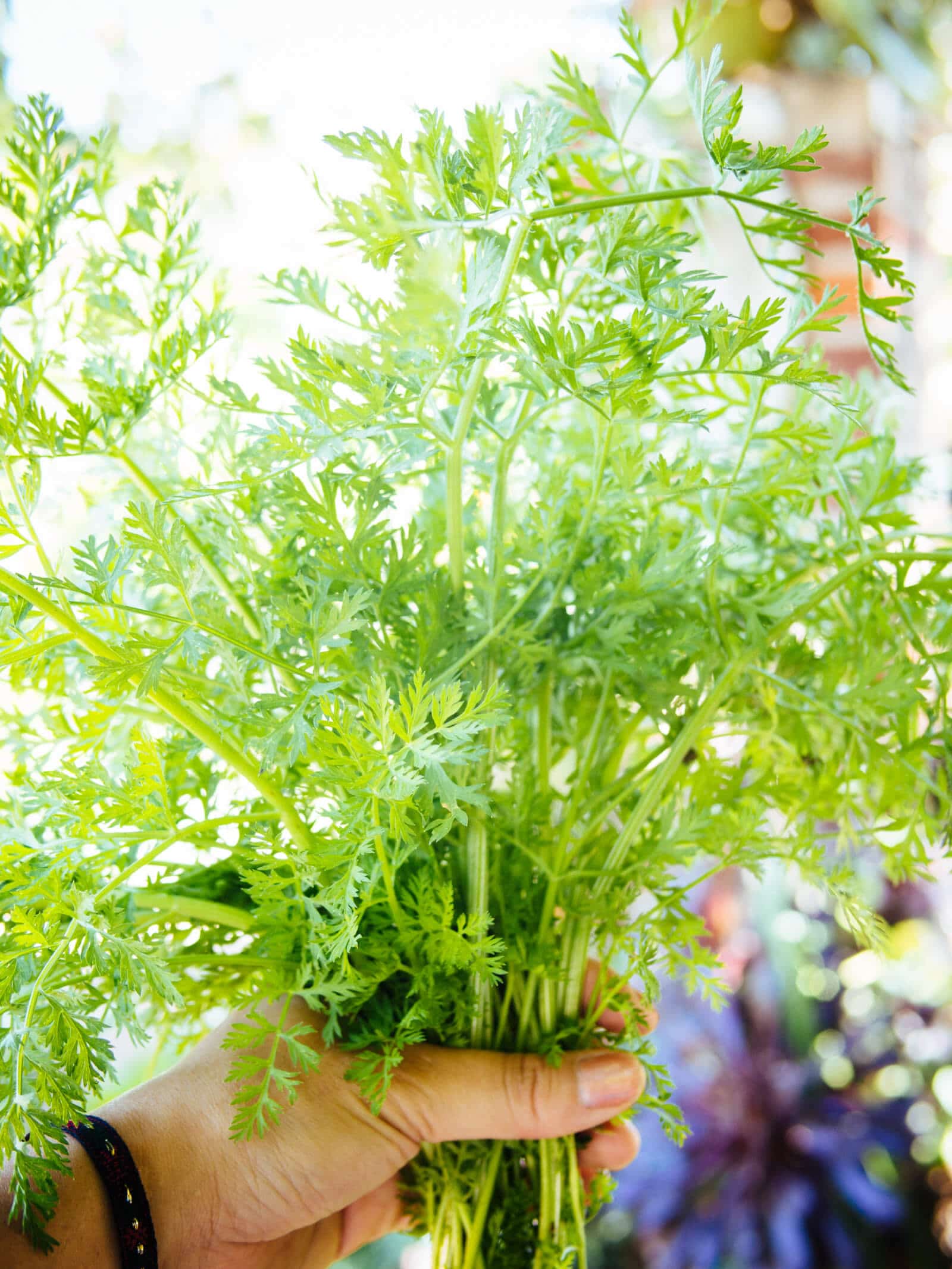
Unless you’ve been introduced to other cuisines around the world, you may not have known you could eat the unusual leafy greens that are squash shoots or pepper leaves—vegetables that seem “exotic” or maybe even weird to us as North Americans, but are part of the local food culture in Southeast Asia.
That isn’t the only part of the world where unconventional produce abounds, however. You can find many other countries using the odds and ends of plants like chard stalks, watermelon seeds, and leek greens in their everyday cooking.
These delicious plant “scraps”—that you’re probably already growing in your garden—deserve a place in your kitchen beyond the veggie stock pot or the compost bin. They’re also part of my core “lazy gardening” strategies because it means I can grow more food with less work. And who can say no to that?
Related: Why You Should Grown Your Own Food: 8 Research-Backed Reasons
Before you toss those leaves aside out of habit, see if they make the list here. You’ll learn how to go zero waste in the kitchen with little effort, and discover a whole new range of tastes and textures in the process.
“Nose to tail” doesn’t have to apply exclusively to meat!
11 common vegetables you grow that you didn’t know you could eat
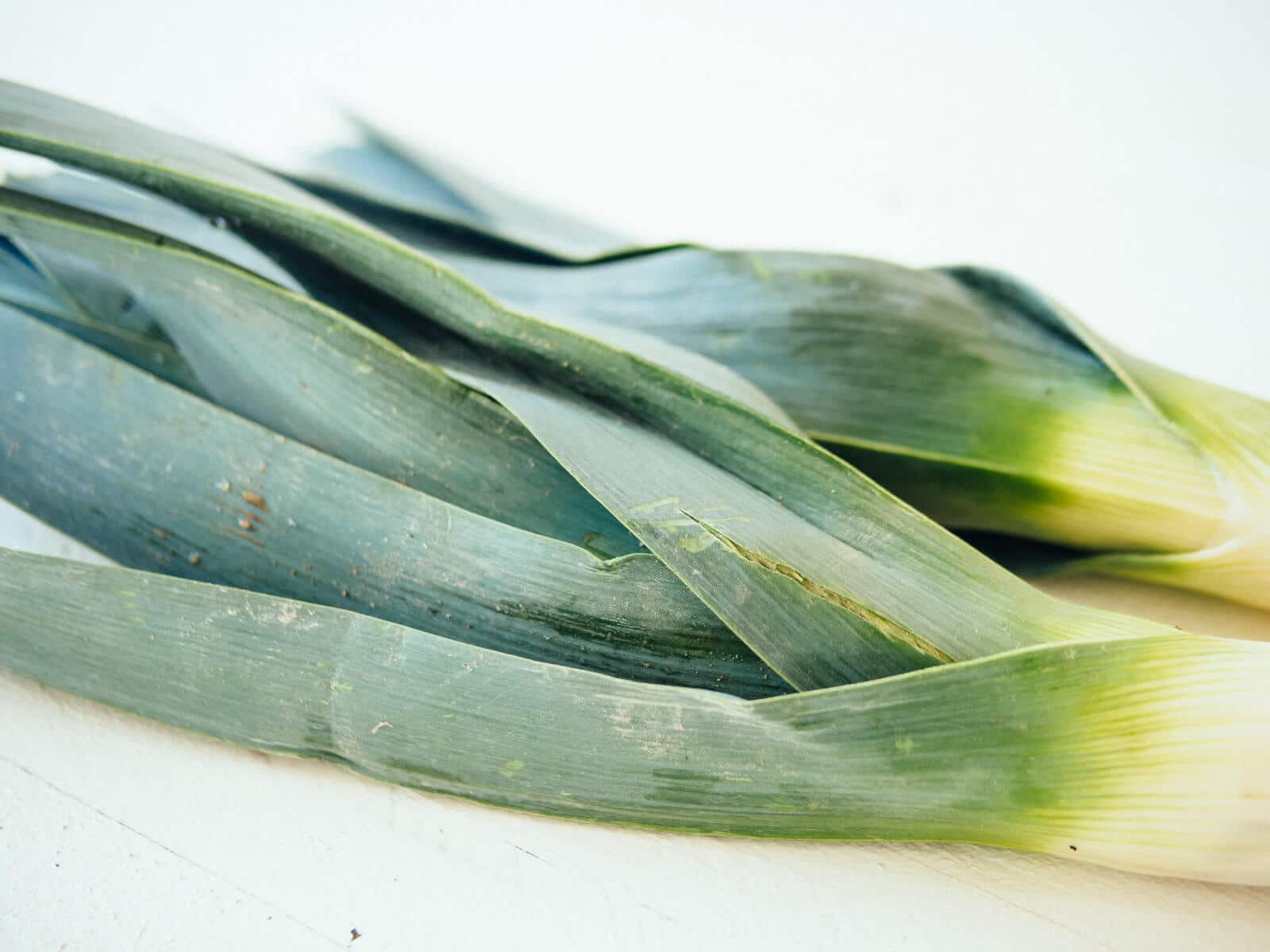
1. Leek tops
It doesn’t help that every recipe you find tells you to discard the dark green ends and use only the “white and light green” parts of leeks (Allium ampeloprasum).
And it doesn’t help that when you first look at them, leek tops are usually kinda dirty and full of grit. (Hey, they can’t help how they’re grown. Have you ever seen a freshly dug carrot that looked appetizing?)
But turns out, the dark green end (or top, depending on how you look at it) is just as flavorful as the white end.
With homegrown leeks that are freshly harvested, leek tops are far from the tough and beaten-up leaves most people associate with store-bought leeks. Even if you buy them from the store, all you have to do is cut off the wrinkly bits that have been manhandled, and you’ll be rewarded with succulent, tender leaves.
Cook leek tops as you would onions: tossed in oil over a medium flame until they’re soft and fragrant.
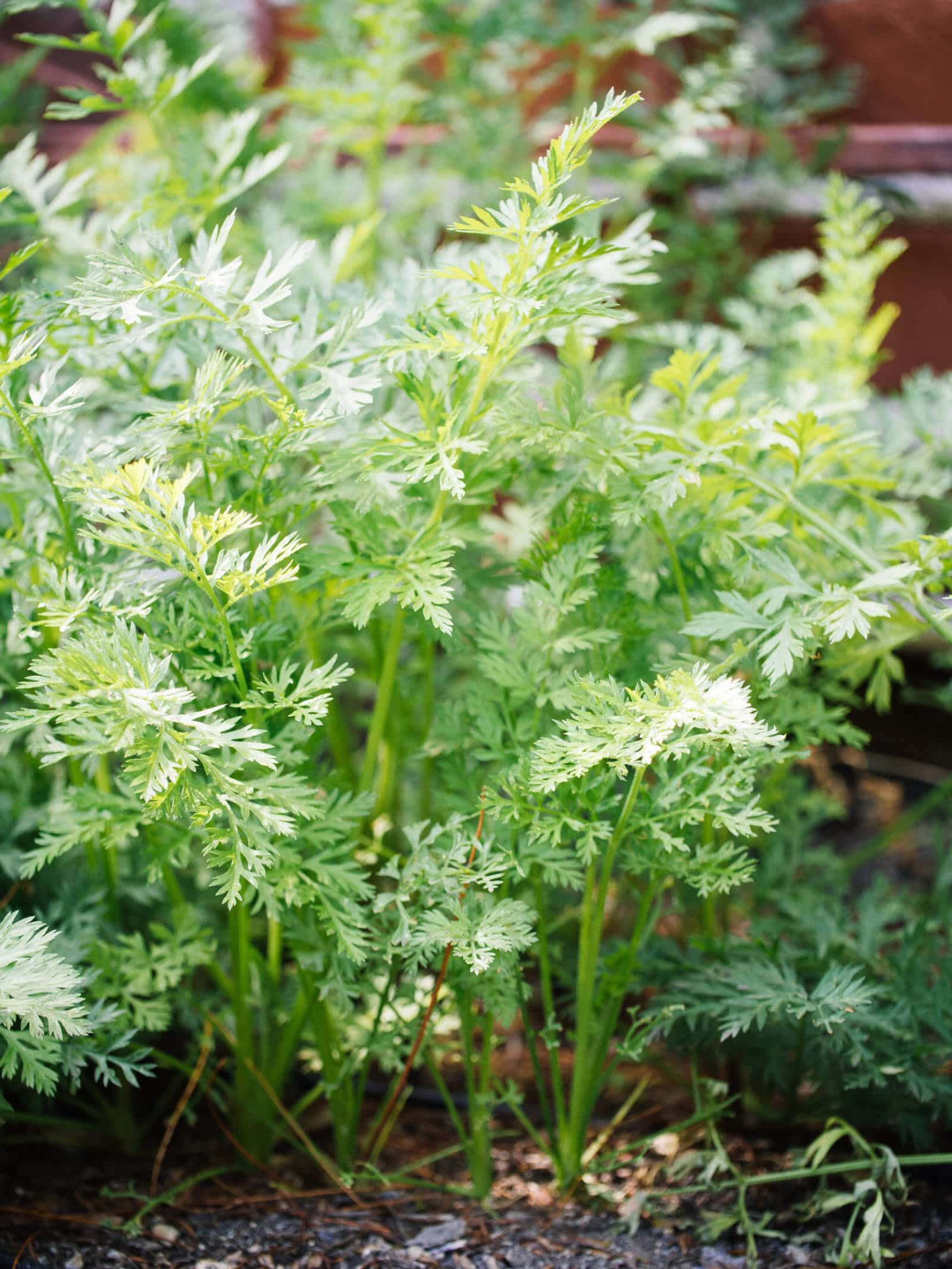
2. Carrot tops
Contrary to popular belief, carrot tops are not toxic. Unpalatable to some tastebuds, maybe, but certainly not poisonous.
Often discarded for having a disagreeable texture, the greens from carrots (Daucus carota subsp. sativus) are best used as an accent or in a condiment, like carrot top salsa.
They have a strong, earthy flavor (not unlike carrots themselves) and can sometimes be substituted for parsley when you want to enhance a savory or umami flavor.
Strip the tender carrot leaves off the tougher stems and finely chop them into soups and salads, or scatter them over pasta and rice. They’re especially good in minestrone or any rustic vegetable soup as a garnish.
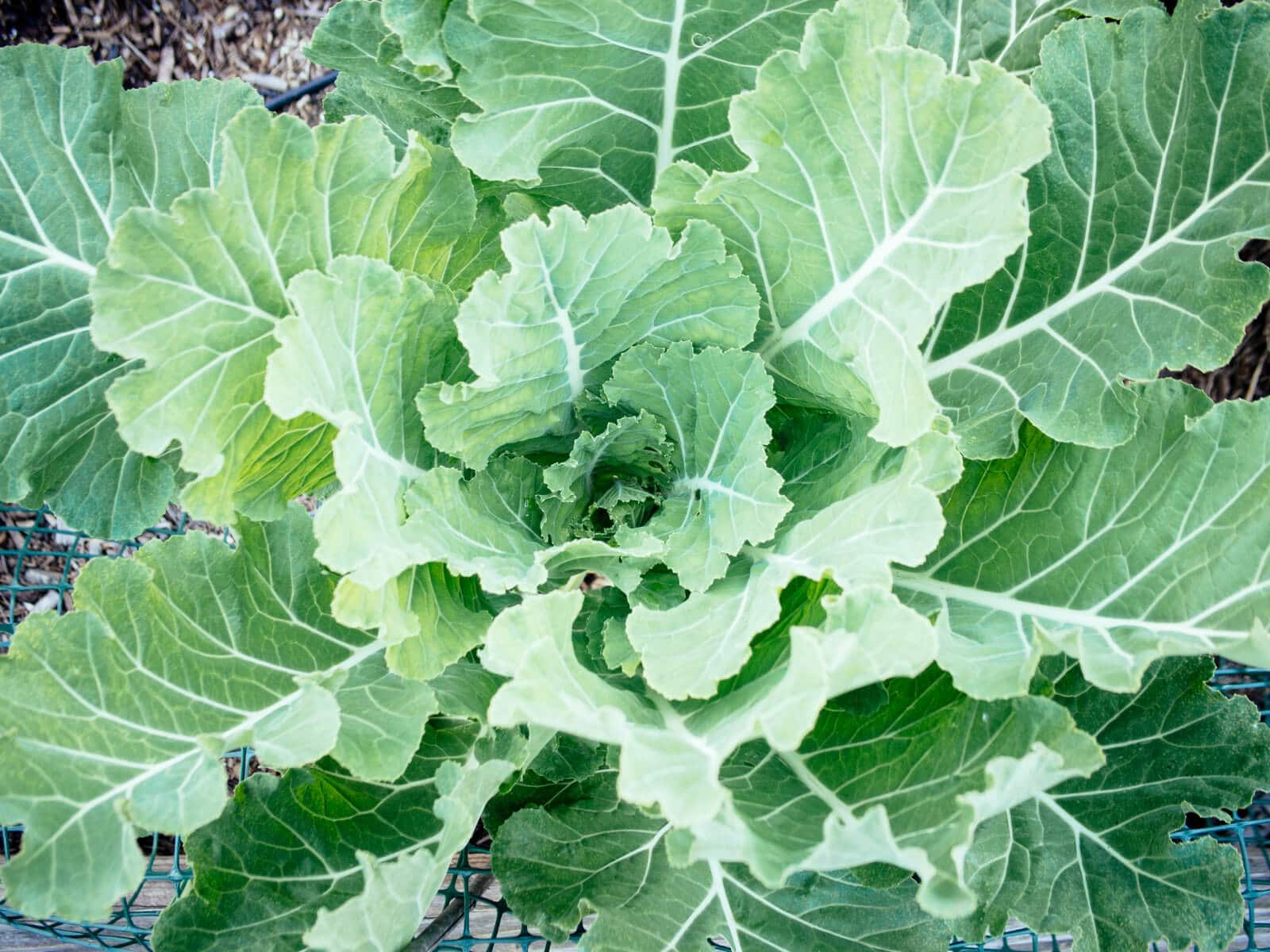
3. Broccoli leaves
When we see broccoli (Brassica oleracea) in the store, we usually see a head wrapped in a few wilted leaves, which we immediately remove before cooking.
But true broccoli leaves — the billowy rosette of greens that surrounds the bud as it’s growing — are a vegetable in their own right. Yes, you can eat broccoli leaves!
Cook them as you would a sturdy green like kale or collards. Their mild flavor makes them ideal for sautés, stir-fries, braises, and soups where they won’t overwhelm the rest of the dish.
The leaves that grow on other members of the mustard family, such as cabbage, cauliflower, kohlrabi, and Brussels sprouts (also known as brassicas or cole crops), are also edible. Think of them as a bonus harvest while you wait for the heads and sprouts to mature.
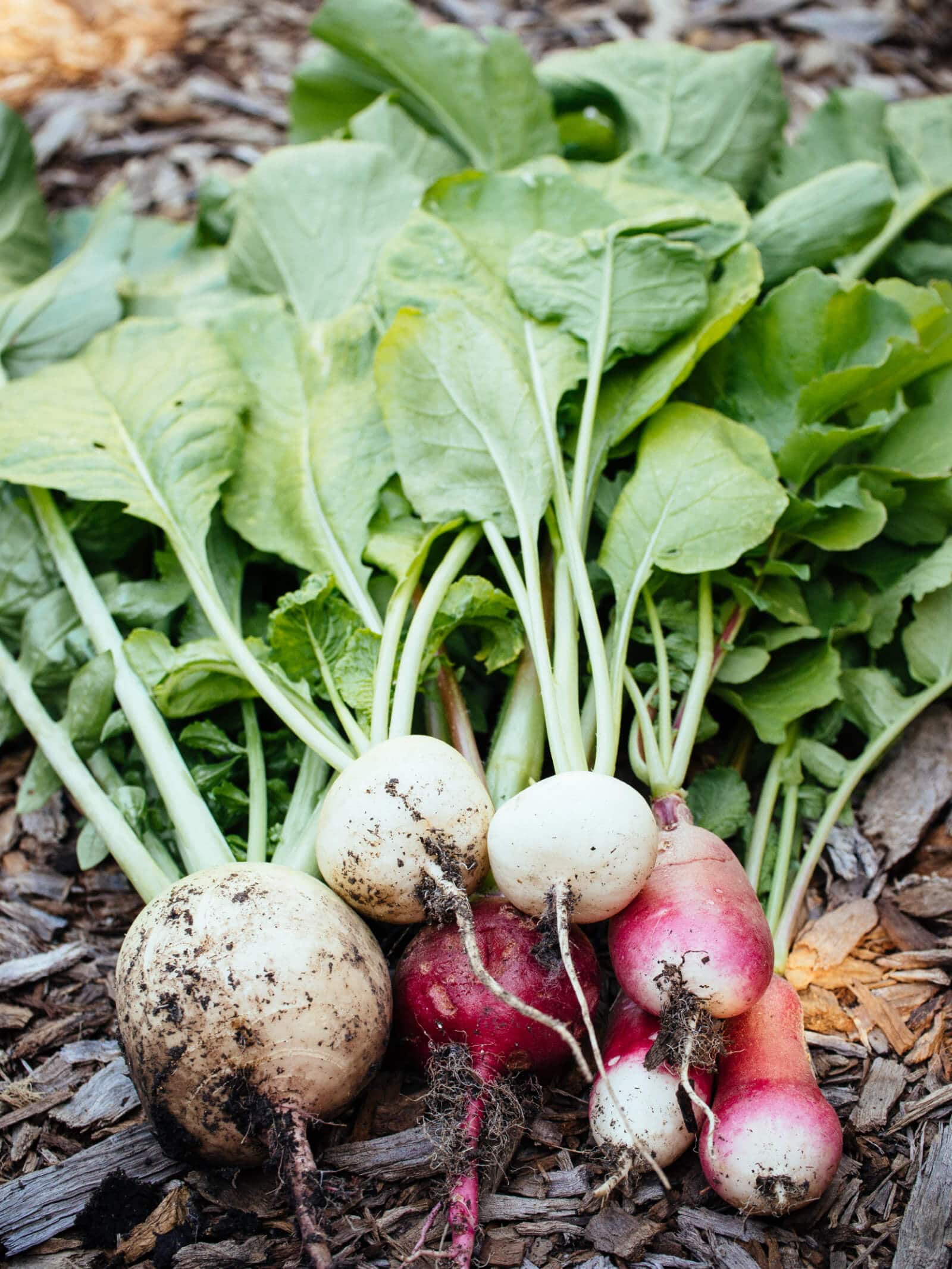
4. Radish tops
As one of my favorite salad greens, radish tops are often overlooked in favor of the crisp, peppery roots (Raphanus sativus).
But I happen to like putting the tops and tails of vegetables back together in my recipes, and the radish plant is a shining example of this (raw or cooked—it’s delicious both ways).
You can eat the leaves of spring and summer radishes as well as winter radishes (like daikon, watermelon radish, or Black Spanish radish).
The benefit of winter radishes is you can harvest a few leaves from each plant throughout the season until the crop matures. If you forget to pull some of these plants and let them go to flower, the seeds happen to make an excellent snack as pickled radish pods.
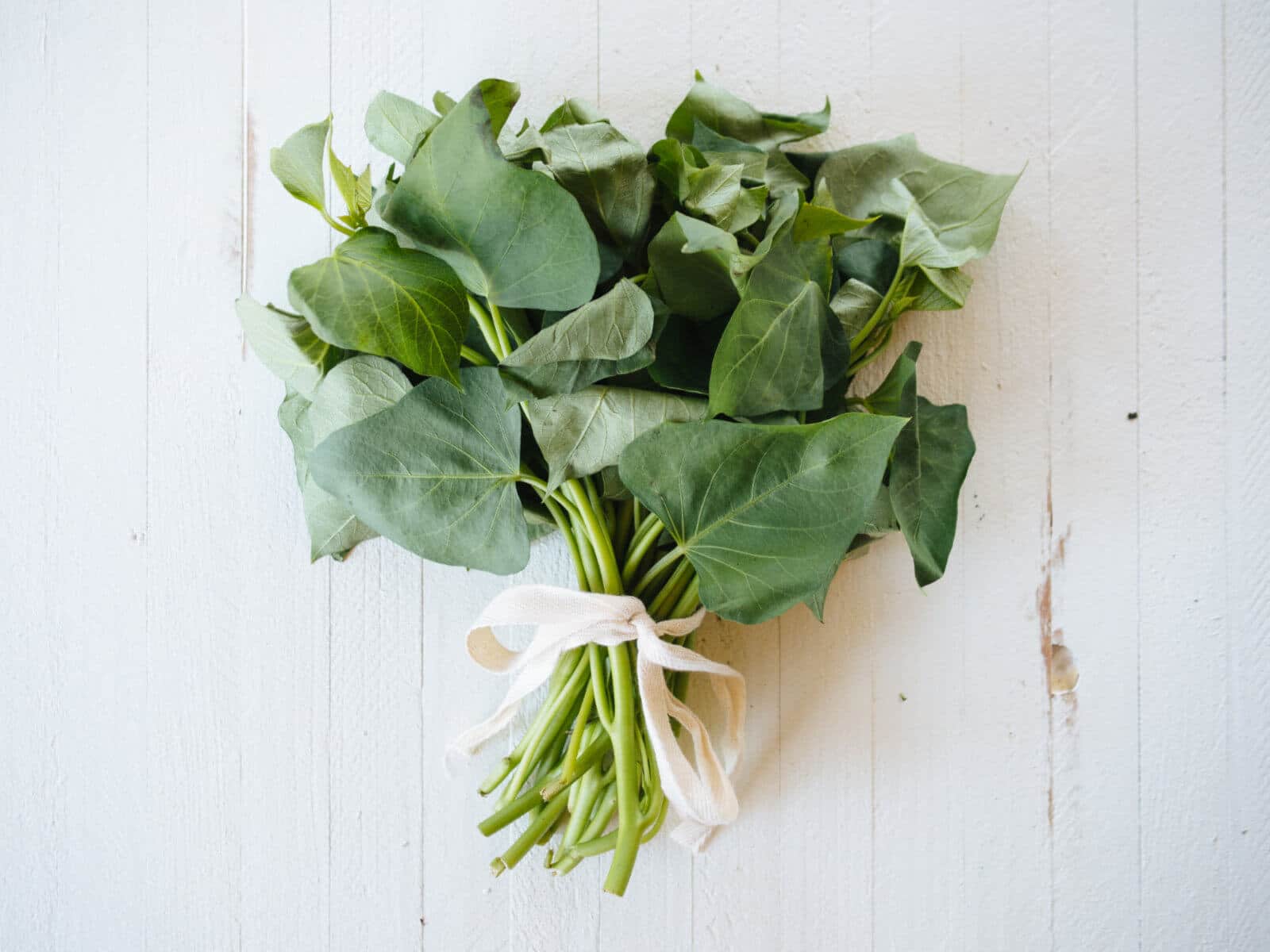
5. Sweet potato leaves
Not to be confused with potatoes (the two plants are not related), sweet potatoes (Ipomoea batatas) are in the same family as morning glories, which is most apparent when you see both plants flowering.
The leaves of the sweet potato plant are mild in flavor and abundant in summer. They can be harvested all season long while you wait for the tubers to mature.
In climates where sweet potatoes survive year-round (it’s a perennial crop in zones 9 to 11), you can grow them just for the steady supply of greens.
The tender stems and leaves are both edible. They’re silky like spinach and wilt beautifully when cooked. Heat brings out their sweetness, so toss them into a soup, sauté, or stir-fry, by themselves or with other vegetables.
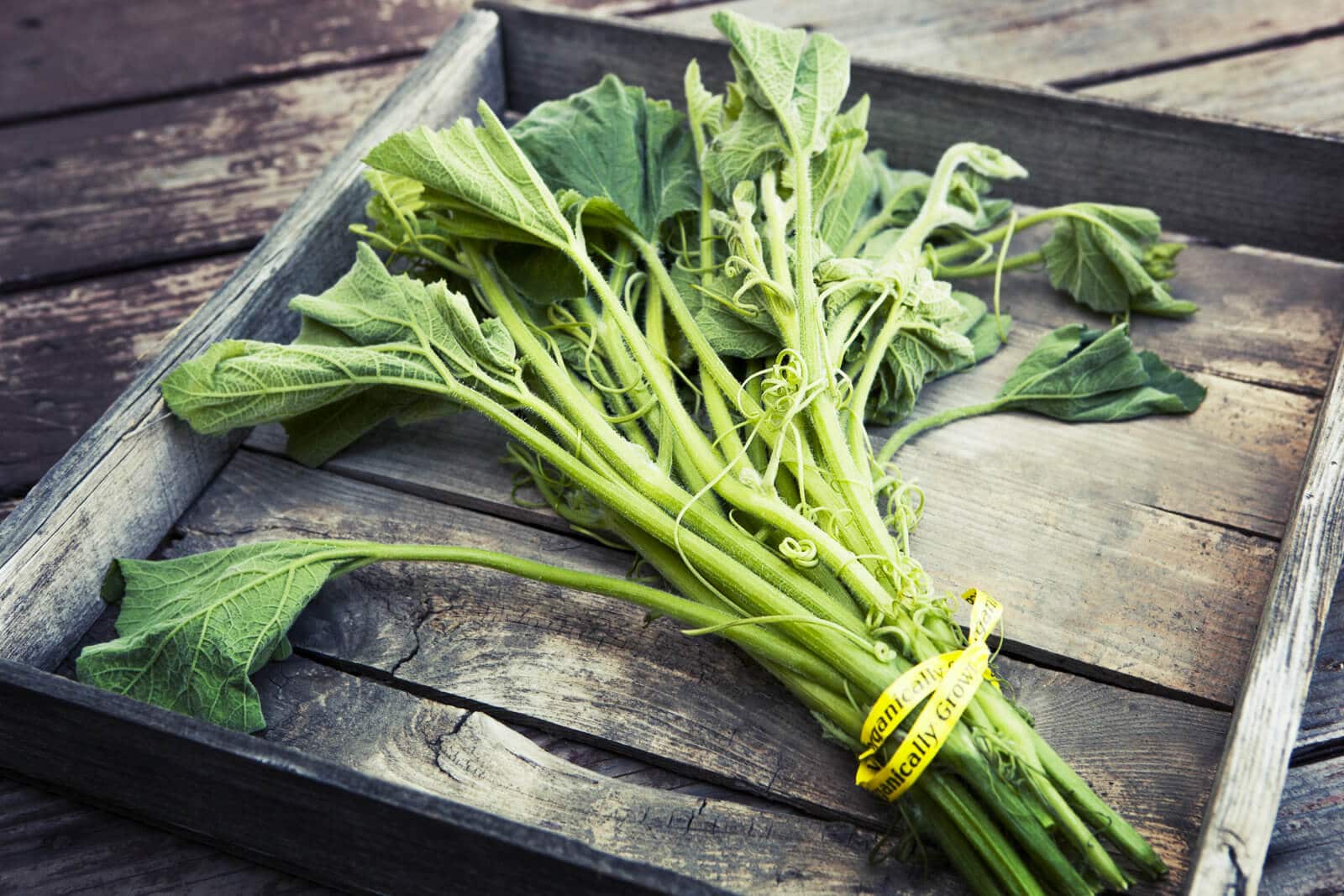
6. Squash shoots
Summer squash and winter squash (from the five cultivated species Cucurbita pepo, C. moschata, C. maxima, C. argyrosperma, and C. ficifolia) are the plants that keep on giving.
Most people know you can fry zucchini blossoms and roast pumpkin seeds, but did you also know that you can eat squash leaves? The vines have an earthy sweet flavor akin to the fruit they bear.
This means the entire plant is edible at every stage of growth, from sprout to fruit. (You’re not composting those thinnings, right? They’re delicious!) Though you can use the leaves from any species, Southeast Asian cooking traditionally features the leaves of opo squash, which is native to their cuisines.
To harvest, snip off the last few inches of the squash vine where you see new growth. This cluster of stems and leaves is called a squash shoot, and it’s the most tender part of the vine. Remove the tendrils (which tend to be tough and stringy) and cook the rest.
You can try them in recipes where you’d normally use chard and other similarly textured leafy greens.

7. Cucumber leaves
As a member of the Cucurbitaceae family, cucumbers (Cucumis sativus) share a lot of the same characteristics as their squash cousins. This includes being the perfect top-to-tail plant where the sprouts, stems, leaves, flowers, and fruit are all edible.
Fresh, crisp cucumber sprouts make an especially good salad green, but tender young cucumber leaves can be eaten as well. They’re so light and subtle that they’ll take on the flavor of whatever they’re cooked with, so I prefer them raw.
You just have to be careful not to over-pick the leaves, which can stunt production of the cucumbers. Or, try sowing a flat of cucumber seeds just for the nutrient-packed sprouts or microgreens.

8. Tomato leaves
Tomatoes (Solanum lycopersicum) are a somewhat controversial addition to this list, but as I’ve written before, tomato leaves are not toxic when eaten in moderation (like everything else).
You can use them sparingly in sauces, soups, and salads (which is where I feel their rich, distinctive flavor works best). Tomato leaves add a deep savory note that comes alive when the leaves are cooked or chopped to bring out the oils.
My favorite use of tomato leaves is infused in tomato sauce, whether you’re making your own sauce from homegrown tomatoes or trying to amp up store-bought sauce.
So the next time you’re picking some green, unripe tomatoes from your plants, don’t be afraid to harvest the young, tender leaves as well.
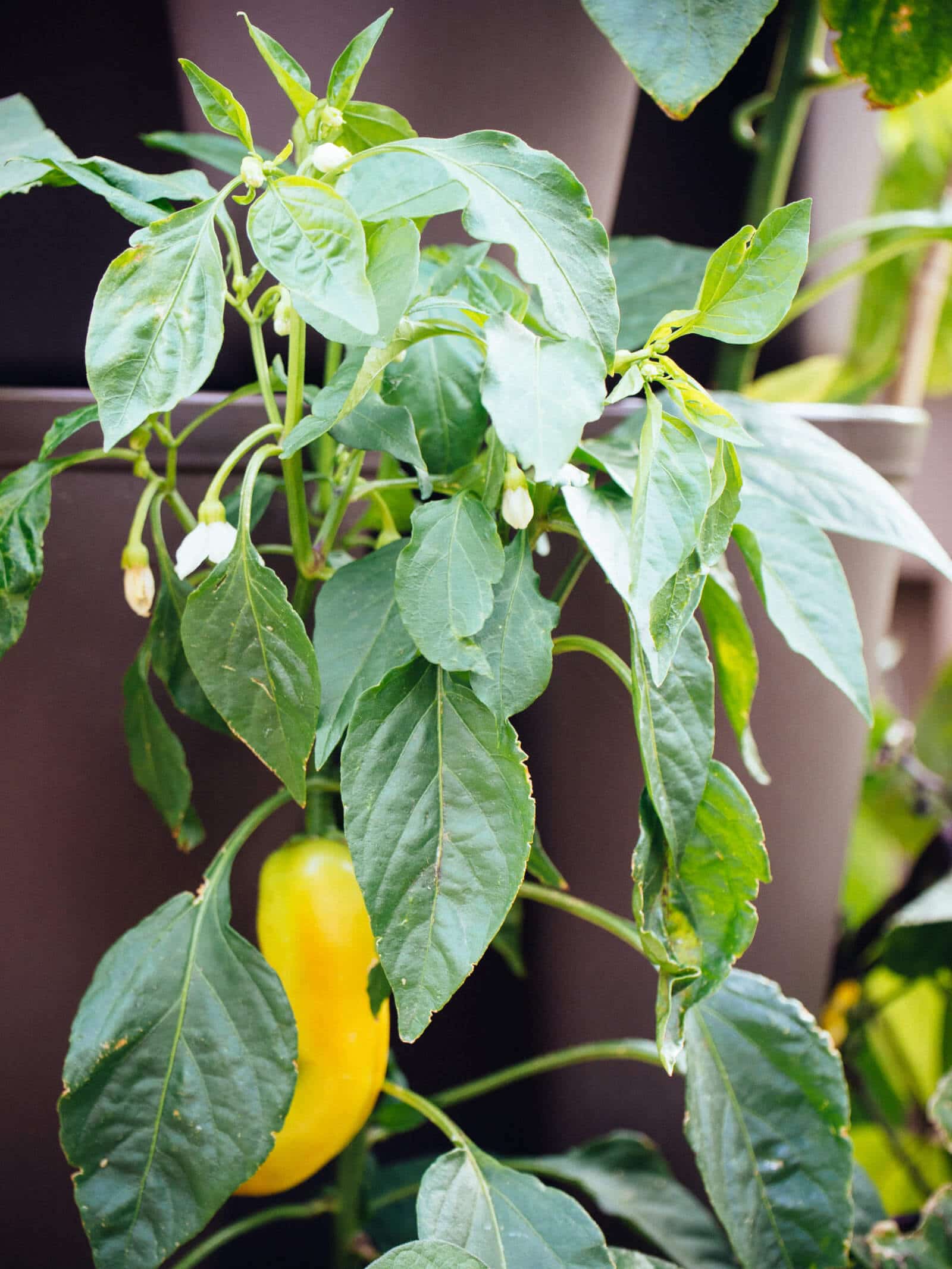
9. Pepper leaves
Surprise! The leaves from sweet pepper and hot pepper plants (Capsicum annuum and Capsicum frutescens) are edible and they are downright delicious.
They have a milder pepper flavor than the peppers themselves, and taste a little like white pepper—delicate and fragrant.
It doesn’t matter if you use the leaves from a sweet bell or a fiery habanero, as the chemical compound that gives peppers their heat (capsaicin) is concentrated in the ribs (inner membranes) of the fruit.
A popular use for pepper leaves is in the Filipino soup called tinola, though certain Chinese dishes also use pepper leaves in braises and stir-fries.
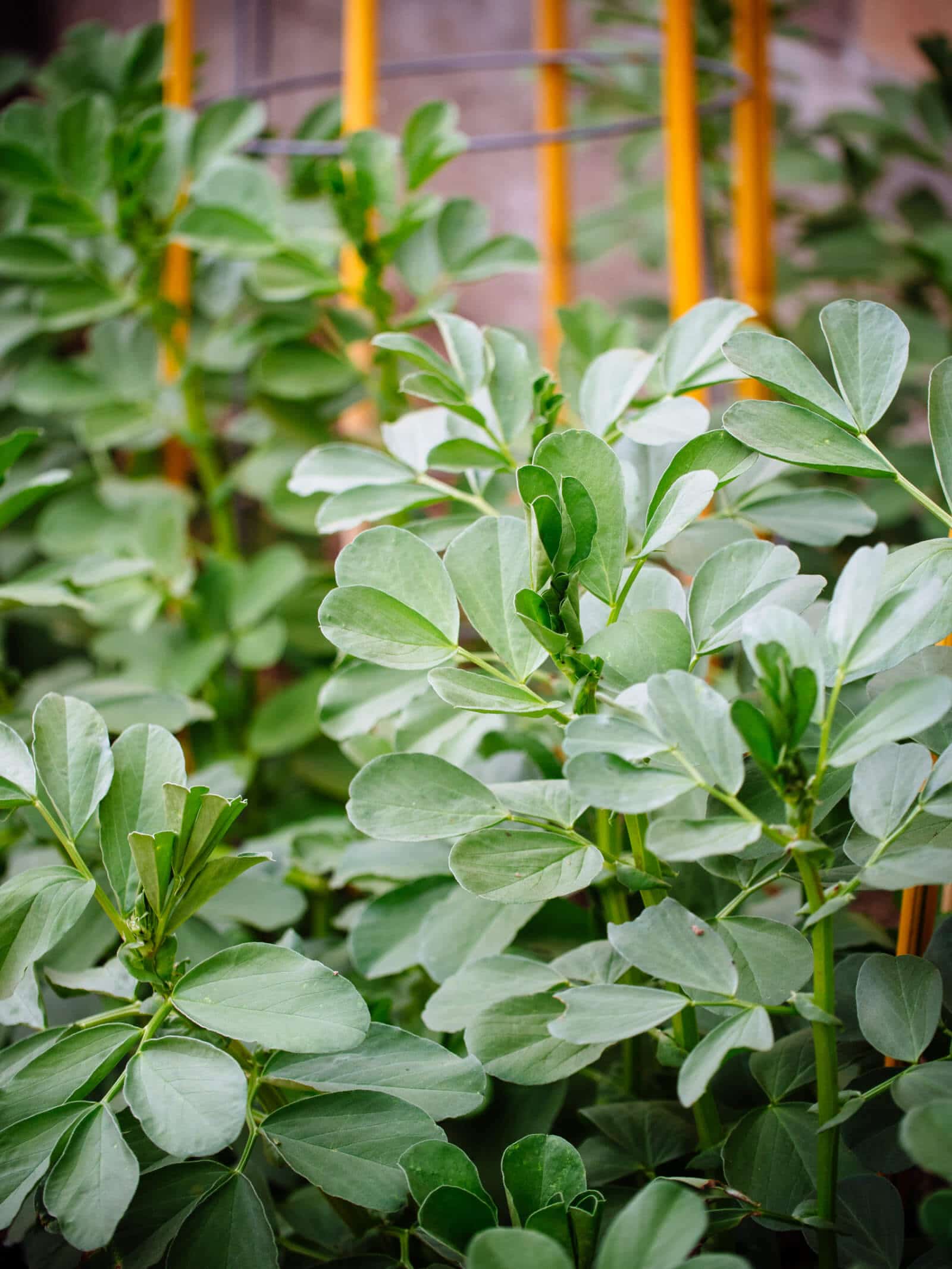
10. Bean leaves
When it comes to the leafy greens of legumes, pea shoots usually come to mind first, and for good reason. They’re among my favorite greens for how versatile they are; you can eat pea shoots raw or cooked, or turn them into “pesto.”
But what about beans?
While most people have eaten green beans, how about bean greens?
You guessed it—the leaves of common green beans (Phaseolus vulgaris), yardlong beans (Vigna unguiculata), runner beans (Phaseolus coccineus), lima beans (Phaseolus lunatus), fava beans (Vicia faba), and hyacinth beans (Lablab purpureus) are 100 percent edible. Like most of the leaves on this list, they’re best used when young and tender.
Fava leaf salads are my preference in this category, as the plants grow tall and thick with mild-tasting foliage (in a slightly sweet and nutty sense). You can start harvesting fava leaves weeks before the pods emerge and all through the season.
You can harvest the leaves off other bean plants as well, but they’re not nearly as abundant as fava greens and, personally, I try not to risk production if the plants are new.
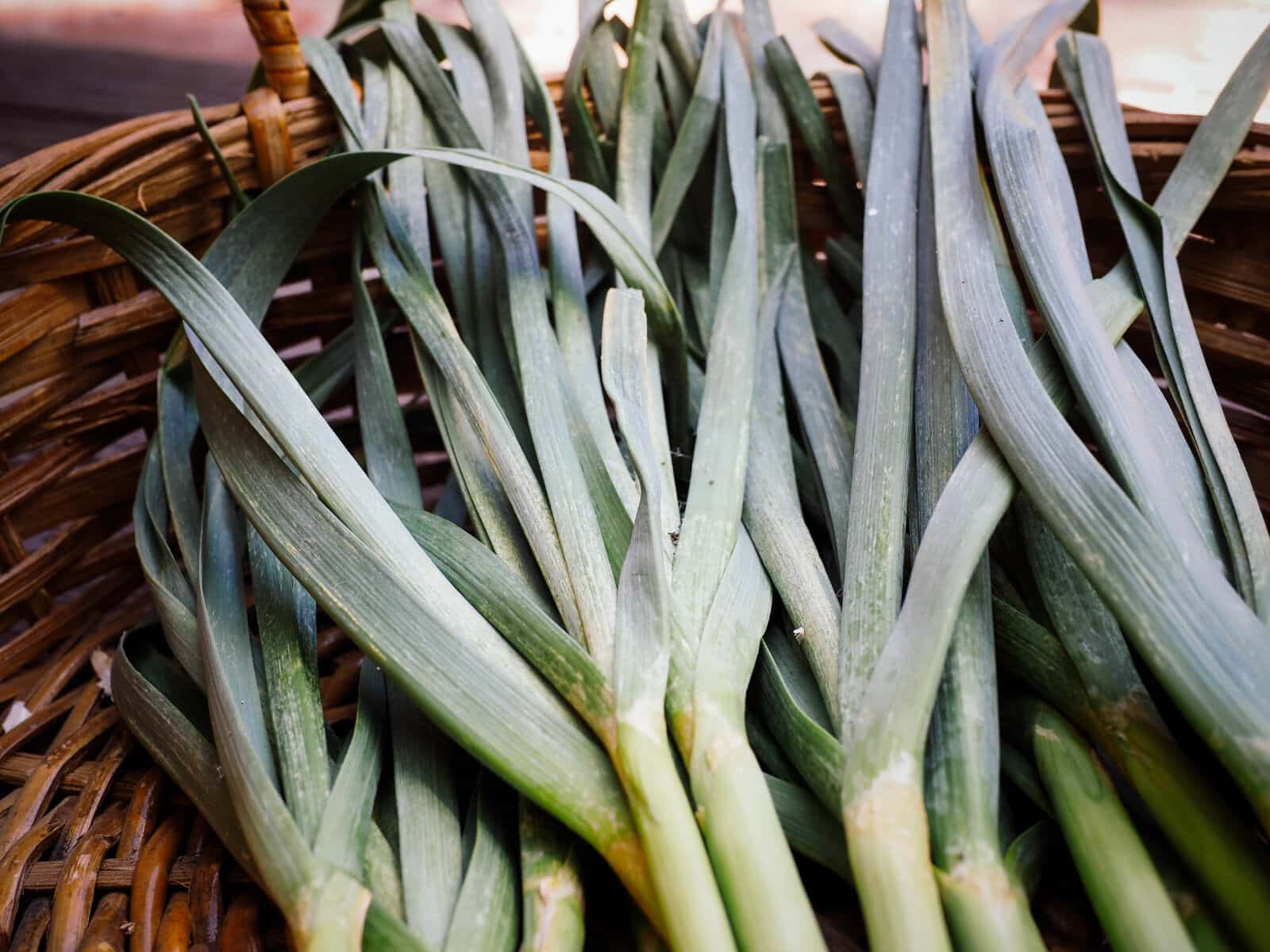
11. Garlic and onion shoots
If you’ve grown hardneck garlic, you’re probably familiar with garlic scapes, whose scarcity makes them somewhat of a culinary delicacy. But did you know green garlic (also called spring garlic) is also edible and even easier to grow?
Green garlic can be planted in fall or spring and harvested while it’s young for the leaves and immature bulb. It hasn’t divided into cloves or developed the papery outer wrapping of mature garlic, which makes it look and taste like a cross of garlic and green onion (in other words, scrumptious).
The beauty of green garlic is how soon you can harvest the crop (none of this plant-in-October-and-harvest-in-July business), so you can plant a round in spring while you’re waiting to harvest your fall-planted garlic.
Related: Get Your Garlic On: Planting and Growing Garlic the Easy Way
The same goes for onions. If you run out of scallions in the kitchen, you can actually trim the tops off your onion plants to use in your recipes. (Don’t cut them all off though; grab just what you need so the onion continues to develop.)
Or, harvest your onions early (before the tops turn brown) and enjoy the fresh, tender leaves of those spring onions.
Disclosure: If you shop from my article or make a purchase through one of my links, I may receive commissions on some of the products I recommend.
So, are you feeling inspired now that you know these everyday vegetables have edible leaves?
You’ll find lots of modern, approachable recipes for all of these plants in my newest book, The No-Waste Vegetable Cookbook: Recipes and Techniques for Whole Plant Cooking.
Buy it at Amazon, Barnes & Noble, Books A Million, Indigo, Book Depository (free shipping worldwide), or your local independent bookseller. (Tip: You can ask any bookseller to place an order for you. Support local!)

View the Web Story on vegetables you didn’t know you could eat.


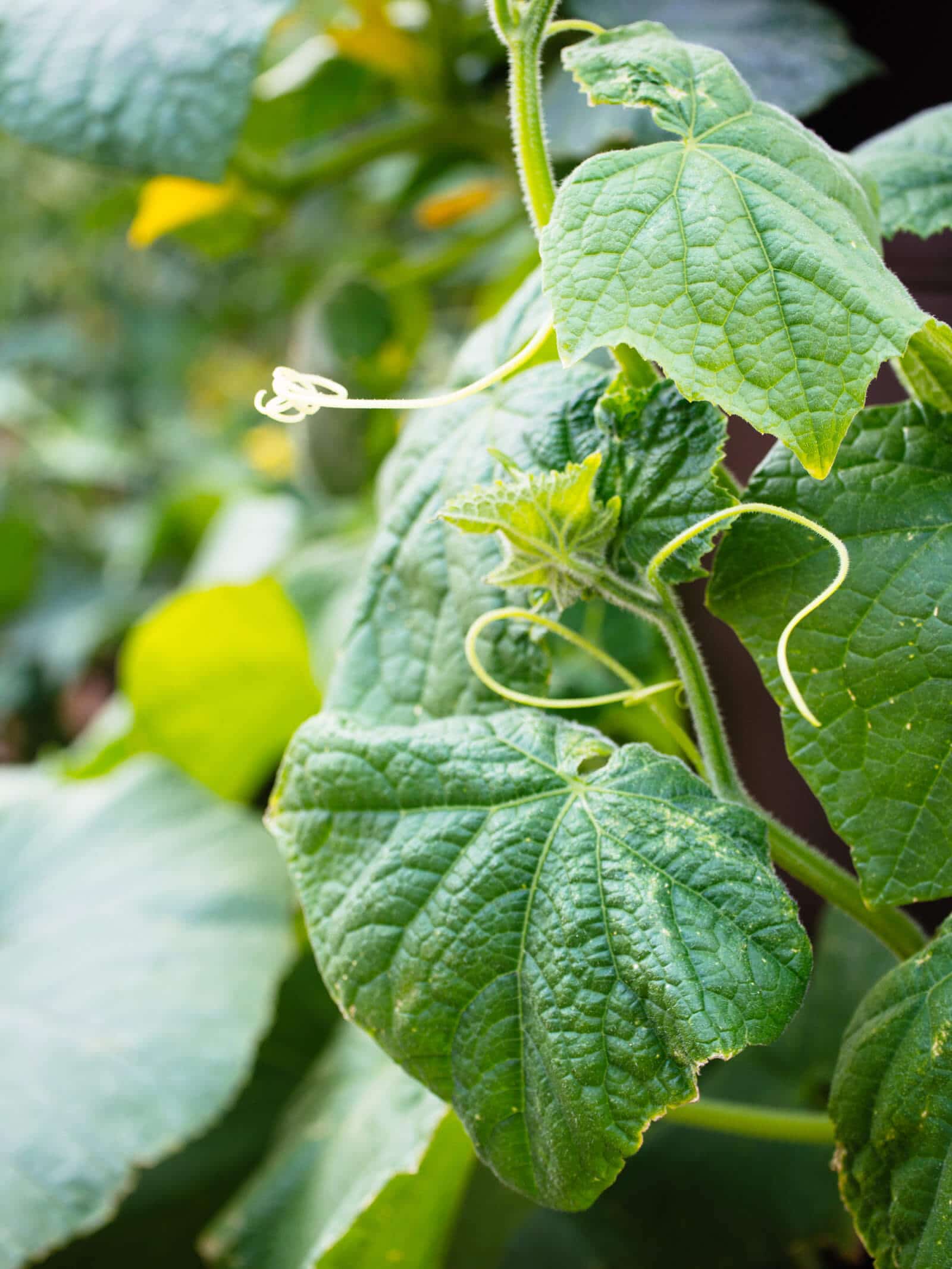













Hi i normally cook hurburt squash skin the way i cook green beans. It must be a very young one. You must be able to scratch the skin with your nails. taste just like green beans when cooked with potato and onion.
I can eat pumpkin leaves everyday its delicious
Sautee or soup ( add cooked leaves in any broth)
Are all Cucurbitaceae family plants top to root?
I am struggling to find information on top to root plants. Is there a resource you could share for which families are and aren’t?
Are cantaloupe top to root?
Do you also have a list of edible flowers?
I’m working on that list! 🙂
I know you wrote that sweet potato leaves are edible. Are yam leaves also edible? I have seen that some yam/sweet potato varieties are toxic. Can I grow a tuber from the grocery store and be ok? I haven’t found anything at the local nurseries so far.
Thank you.
Yams (Dioscorea) are tricky because many places confuse them for what are actually sweet potatoes (Ipomoea). If you’re buying tubers from an American grocery store labeled as yams, they’re most likely sweet potatoes and yes, their leaves are edible. True yams have both edible and inedible species, but from what I understand, edible Dioscorea (which do have edible leaves) are not common in the USA.
I did. But do more research.
Don’t forget squash leaves! They’re quite good when stir-fried with some garlic and fish sauce.
That’s listed as #6.
I’ve always loved broccoli leaves, throw them into whatever I’m cooking, and never throw them away.
Didn’t know you could eat squash leaves, thanks!
Soup or saute I can eat everyday
Just beware of wild volunteer crops such as cucumber, squash etc., the original non-domesticated plants can be toxic, all parts. If a nibble is bitter spit it out. Cats which eat vegetables may out live the carnivore only cat. As she ages and begins to have issues digesting meat protein, vegetable sources may help her survive.
It’s incredible the number of
People that have these pre-conceived notions about vegetable leaves. I wonder really how the idea even came to the forefront that these are not edible because I’m sure our ancestors would have used all parts of the veggies. So it must have happened sometime during the industrialized farming? I am growing sweet peppers and cucumbers and tomatoes hydroponically and indoors. So I have worries of any possible contamination from other animals or pests or dirt. I tell others that sweet pepper leaves are edible which as an indoor grow who has two plants that are now trees and require heavy pruning because unlike peppers that are grown outdoors will lose some of their leaves because of wind, rain etc., plus pests and animals will eat so when growing them indoors I have to prune them heavily because the eight of them peppers and with too many leaves the stems will snap and break. Also if there are too many leaves I can’t see out my window or the new blossoms that need tickling to ensure a pepper forms.
Don’t eat tomato leaves, or the leaves of any plant of the nightshade famil though.
Wait… wait…. this is exactly what this site denies. Tomato and pepper both are mentioned as Perfectly Edible. Eggplant and potatoes were not mentioned.
We eat Tomato Leaves ALL the time. Recheck your information.
I asked about broccoli leaves originally, now I’m excited to try the pea leaves. When and how much do I harvest as the peas are still flowering?
I use leaves from broccoli, cauliflower and Brussel sprouts and cook them like I would cabbage or collards.
Great post!
My mom used to cook beet tops like spinach. So good.
Can you tell me, is it safe to assume that if you can eat the fruit you can eat the leaves on just about anything?
Love them!!
No, one example is rhubarb which has poisonous leaves. I also disagree with Linda as to ingesting tomato leaves, as nightshades (tomato/pepper/potato) are toxic, except for the fruits.
The leaves from tomato/pepper/potato I have eaten my whole life and feed to my grandchildren.
Can you define eating tomato leaves in moderation in terms of quantity and frequency?
hello,
I love your site, but being a vet, you must be aware, that a lot of the veg’s we eat, most dogs and cats, cannot, cooked is even worse. please be aware.
Well, cats are carnivores so I’d never feed them vegetables. Dogs on the other hand are omnivores. There are certainly things they shouldn’t consume (like grapes, onions, etc.) but my dogs thrived on homemade dog food containing plenty of vegetables. (And my vet gave the okay on it.) Every pet owner should do their own due diligence when feeding their animals, as diets are not one-size-fits-all.
CATS LOVE CATGRASS. THEY NEED THEIR GREENS ALSO.
Just happened to find this when I searched for eating grape leaves. Very informative article and I just put the book on my Amazon list. Thanks.
I always put chopped up leek tops in my iron skillet fritattas. I sautee the leek tops first in the skillet, then add other veggies, then pour the egg mixture over them and brown slightly on both sides. The leek tops come out crispy and heavenly.
I cook them that way too! Love leek tops.
Potato leek soup: use the whole leek.They do add some green coloring, but tastes great!
snap pea and sugar pea leaves are delicious, too!
Great post! Thank you for spreading the word on these delicious edibles!
You’re welcome! And yes, pea shoots are some of my favorite! I sometimes grow them just for the leaves.